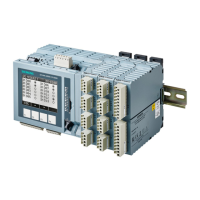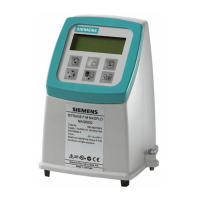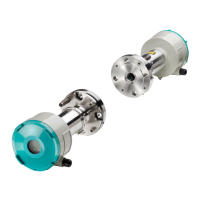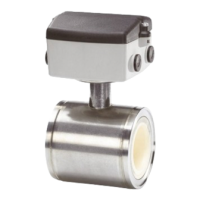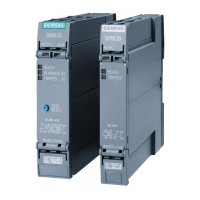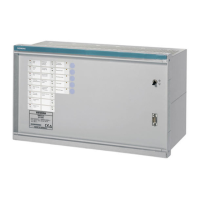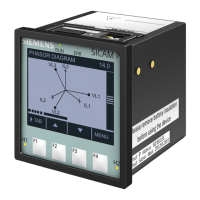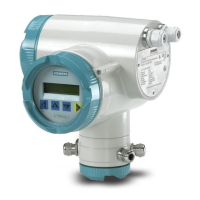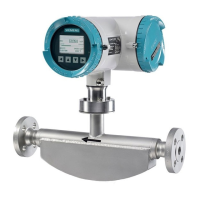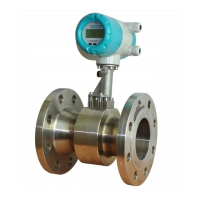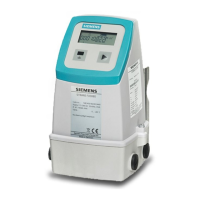Functions
6.9 [2.10] Settings > Correction of cross-interferences
Operating with the Local User Interface
Operating Manual, 06/2017, A5E31930478-05
161
With the quadratic correction of cross-interference (ULTRAMAT 7), two correction
coefficients are determined for two distinctly different interference gas concentrations. One
correction coefficient operates linearly, the other as a square of the interference gas
concentration.
Table 6- 36 Correction of cross-interference characteristics
Linear correction coefficient
1)
3)
Quadratic temperature coefficient No Yes No
Determination of correc-
tion coefficient(s)
Reference table (firm-
2)
Yes No No
With OXYMAT 7 always with regard to 100% interference gas
Correction of cross-interference coefficients which are component-specific and defined in the
firmware.
3)
Depending on the application, preset at factory or service (not displayed).
Application scenarios
6.9.3.1
Table 6- 37 OXYMAT 7: Application 1
Conditions
• The interference gas concentration is known and is assumed to be constant.
• The influence of interference gas is stored in the interference gas reference table.
Sequence
• Input of the interference-gas component.
• Input of interference gas concentration in the selected unit.
Result The interference gas constant is determined from the entered concentration and a correction
table stored in the device.
Table 6- 38 OXYMAT 7: Application 2
Description of application 2
Conditions
• The interference gas concentration is known and is assumed to be constant.
• The influence of interference gas is not stored in the interference gas reference table.
Sequence
• Input of interference gas concentration in the selected unit.
• Input of linear correction coefficient k1 in % always based on 100 % of the interference gas.
Result The interference gas constant is determined from the input concentration and the input coeffi-

